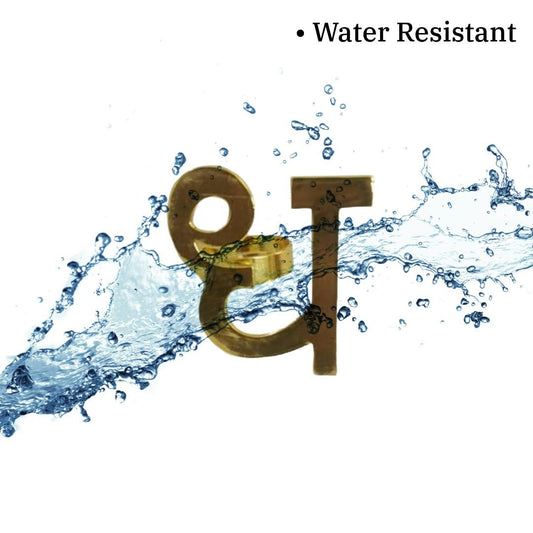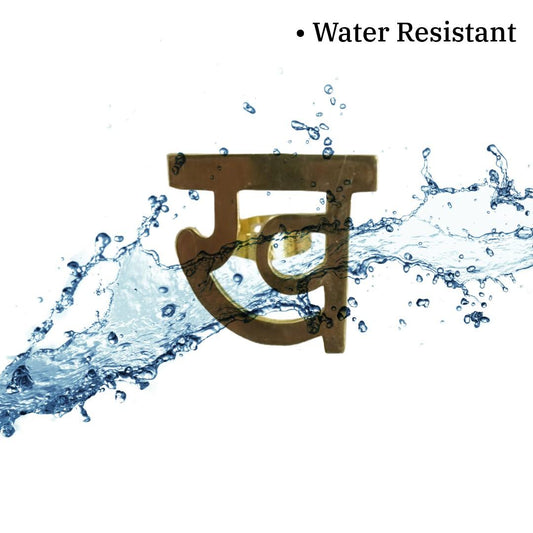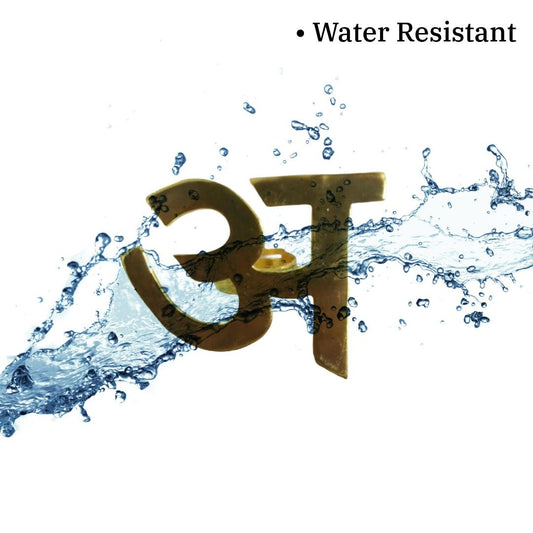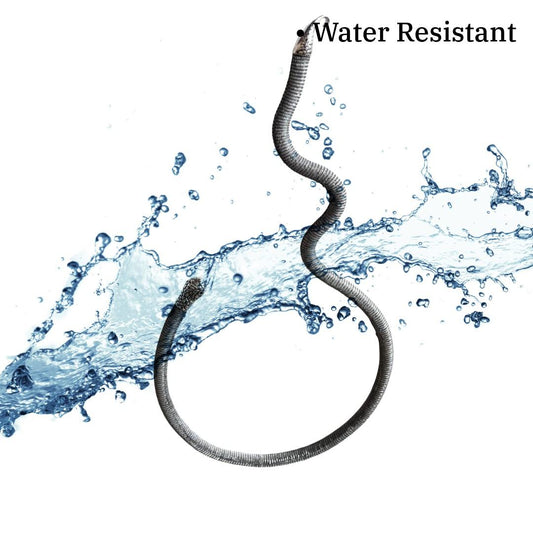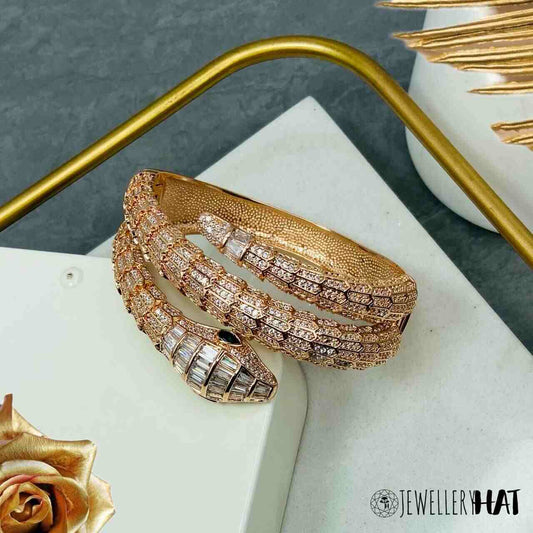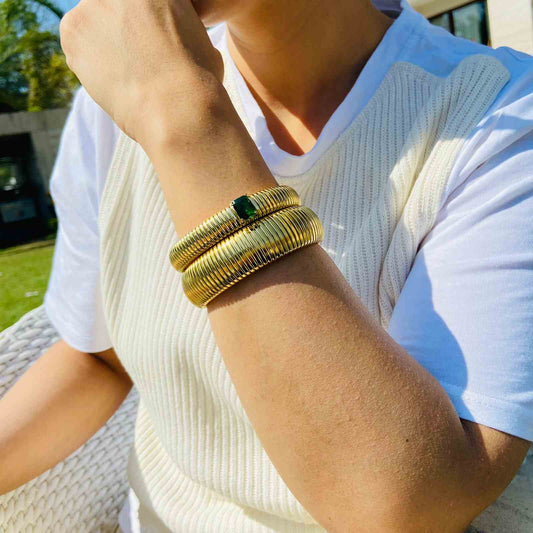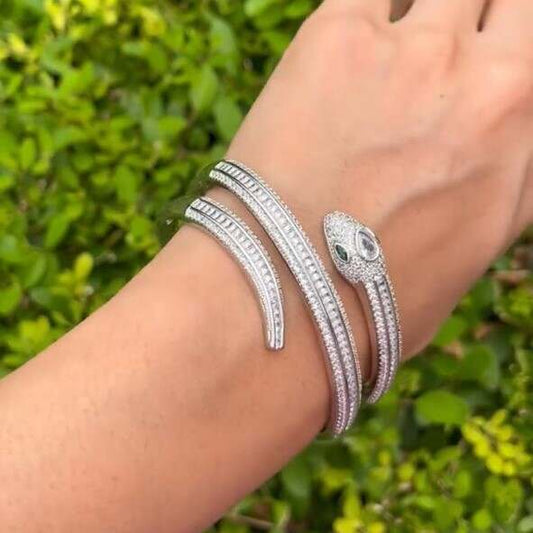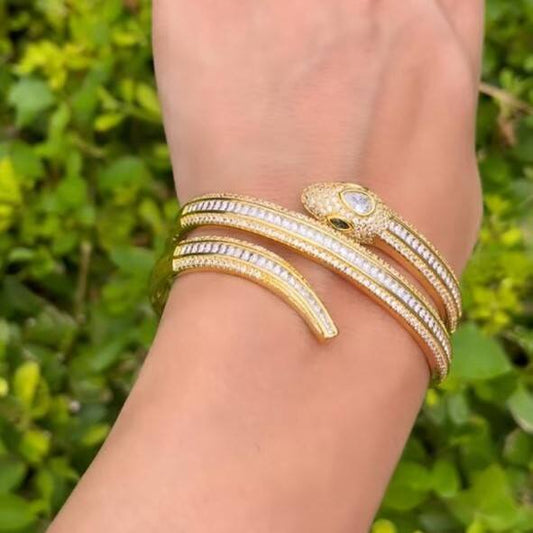Jewelry is more than just an accessory; it's a reflection of personal style, a symbol of cherished memories, and often a significant investment. However, over time, jewelry can develop tarnish, leading many to wonder: is tarnished jewelry permanent? Understanding tarnish, its effects on different types of jewelry, and the best ways to restore and prevent it is crucial for maintaining the beauty of your pieces. In this comprehensive guide, we'll explore whether tarnish is permanent, how to address it, and how Jewellery Hat, India's fastest-growing fashion jewelry brand, can help you keep your jewelry looking its best.
1. What is Tarnish?
Understanding Tarnish
Tarnish is a chemical reaction that causes a dull or discolored layer to form on the surface of metals. This reaction typically involves:
- Oxidation: Oxygen in the air reacts with metals, leading to the formation of metal oxides that appear as tarnish.
- Sulfur Compounds: Pollutants like hydrogen sulfide can react with metals, particularly silver, causing tarnish.
- Moisture: High humidity and exposure to water accelerate tarnishing by promoting oxidation.
- Acidic Substances: Acids from skin oils, sweat, and cosmetics can contribute to tarnishing.
Is Tarnished Jewelry Permanent?
The permanence of tarnish depends on several factors, including the type of metal and the extent of the tarnishing. Here’s a detailed look:
- On Precious Metals: For metals like silver and copper, tarnish is not necessarily permanent. With proper cleaning and restoration, most tarnish can be removed. However, if tarnish is left untreated for a long time, it can cause more severe damage.
- On Stainless Steel: Stainless steel is highly resistant to tarnishing due to its chromium content. If tarnish does occur, it is typically superficial and can be cleaned with appropriate methods.
Understanding whether tarnish is permanent involves knowing the metal and using the right techniques to restore your jewelry.
2. Types of Jewelry and Tarnishing
Stainless Steel Jewelry
Stainless steel is a popular choice for everyday jewelry due to its exceptional durability and resistance to tarnish:
- Tarnish Resistance: Stainless steel contains chromium, which forms a protective oxide layer on the metal's surface. This layer prevents oxidation and tarnishing. Unlike many other metals, stainless steel does not easily tarnish, making it perfect for everyday wear.
- Durability: Stainless steel is known for its strength and resistance to scratches and dents. This durability means your jewelry will look new for longer periods, even with regular use.
Jewellery Hat’s Stainless Steel Collection offers a range of tarnish-resistant jewelry, including earrings, necklaces, bracelets, and rings. Our pieces feature advanced anti-tarnish technology, ensuring long-lasting beauty and minimal maintenance. We provide a lifetime replacement warranty on polishing, reflecting our commitment to quality and customer satisfaction.
Silver Jewelry
Silver jewelry is more prone to tarnishing compared to stainless steel due to its reaction with sulfur compounds:
- Silver Tarnish: Tarnish on silver jewelry typically appears as a dark or dull layer. This tarnish can be removed with specialized cleaning solutions or polishing methods.
- Preventive Measures: To prevent tarnishing, store silver jewelry in anti-tarnish pouches and clean it regularly.
Jewellery Hat also offers silver jewelry with advanced coatings to enhance tarnish resistance. We provide care instructions to help maintain the shine and minimize tarnishing.
Gold Jewelry
Gold jewelry, especially when made of lower-karat gold, can also tarnish over time:
- Gold Karat: Higher-karat gold (18K, 22K) is less prone to tarnishing compared to lower-karat gold (14K, 10K). Higher-karat gold maintains its appearance better than lower-karat versions but is softer and more prone to scratches.
- Gold Tarnish: Tarnish on gold is often due to alloying metals and can be managed with proper cleaning techniques.
Jewellery Hat’s Gold Jewelry includes high-quality pieces designed to resist tarnishing. We ensure that our gold jewelry provides both elegance and durability.
Rhodium-Plated Jewelry
Rhodium plating involves applying a thin layer of rhodium over another metal to enhance its tarnish resistance:
- Protective Layer: The rhodium layer acts as a shield against tarnishing agents, protecting the underlying metal from tarnish.
- Enhanced Shine: Rhodium plating gives jewelry a bright, mirror-like finish that enhances its overall appearance.
Jewellery Hat’s Rhodium-Plated Collection combines elegance with durability. Each piece is covered by our lifetime polishing warranty, ensuring that your jewelry remains tarnish-free and maintains its stunning appearance.
Platinum Jewelry
Platinum is a naturally tarnish-resistant metal known for its luxury and durability:
- Natural Resistance: Platinum does not oxidize or react with sulfur compounds, making it highly resistant to tarnishing.
- Durability: Platinum is one of the strongest metals used in jewelry, ensuring long-lasting wear and minimal maintenance.
Jewellery Hat’s Platinum Collection includes elegant pieces known for their tarnish resistance. Our platinum jewelry offers a high-end option for those seeking luxury combined with durability.
3. Restoring Tarnished Jewelry
Cleaning Techniques for Tarnished Jewelry
Jewellery Hat provides solutions for maintaining and restoring the beauty of your jewelry. Here are effective methods to remove tarnish:
Stainless Steel Jewelry
- Mild Soap and Water: Clean with a solution of mild soap and warm water. Use a soft-bristled brush or microfiber cloth to gently scrub away any surface tarnish.
- Commercial Cleaners: Specialized stainless steel cleaners can be used to remove more stubborn tarnish. Follow the instructions carefully to avoid damaging the protective coating.
Silver Jewelry
- Silver Polishing Cloths: Use silver polishing cloths designed to remove tarnish without scratching the metal.
- Silver Cleaning Solutions: Apply silver cleaning solutions or dips according to the manufacturer’s instructions. Rinse thoroughly and dry with a soft cloth.
Gold Jewelry
- Gold Cleaning Solutions: Use gold-specific cleaning solutions to remove tarnish. Follow the instructions for safe and effective cleaning.
- Mild Soap and Water: For regular maintenance, clean gold jewelry with mild soap and water, using a soft cloth to avoid scratching.
Rhodium-Plated Jewelry

- Soft Cloth Cleaning: Use a soft, lint-free cloth to gently clean rhodium-plated jewelry. Avoid abrasive cleaners that can damage the rhodium layer.
- Professional Cleaning: Consider professional cleaning services for rhodium-plated pieces to maintain their shine and protective coating.
Professional Restoration
For jewelry with significant tarnish or damage, professional restoration services can be beneficial:
- Polishing and Re-coating: Professionals can polish tarnished jewelry and reapply protective coatings if needed. Jewellery Hat offers a lifetime replacement warranty on polishing, ensuring your jewelry remains in top condition.
- Repairs and Maintenance: Seek professional services for repairs or maintenance to address any issues with the anti-tarnish coating or structural integrity of the jewelry.
4. Preventing Tarnish in Jewelry
Proper Storage
- Anti-Tarnish Pouches: Store jewelry in anti-tarnish pouches or cloths to protect it from tarnishing agents.
- Dry Environment: Keep jewelry in a cool, dry place away from high humidity and direct sunlight.
Avoiding Chemicals
- Cosmetics and Perfumes: Apply cosmetics and perfumes before putting on jewelry to avoid contact with tarnishing agents.
- Household Chemicals: Remove jewelry before using household chemicals or swimming in chlorinated water.
Regular Maintenance
- Cleaning: Regularly clean your jewelry with appropriate methods to remove dirt and oils that can contribute to tarnishing.
- Inspections: Periodically inspect your jewelry for signs of wear or tarnish and address any issues promptly.
Conclusion

Tarnish on jewelry is not necessarily permanent. With the right understanding and maintenance, tarnish can be managed and often removed. Knowing how to restore tarnished jewelry and prevent future tarnishing is essential for maintaining the beauty of your cherished pieces. Jewellery Hat, India’s fastest-growing fashion jewelry brand, offers a range of stainless steel, rhodium-plated, and other high-quality jewelry designed to resist tarnishing. Our commitment to excellence is reflected in our lifetime replacement warranty on polishing, ensuring that your jewelry remains in pristine condition.
Explore our extensive collection at Jewellery Hat and discover why we are the preferred choice for those seeking durable, elegant, and tarnish-resistant jewelry. Whether you’re looking for earrings, necklaces, bracelets, or rings, our pieces are crafted to combine style, durability, and minimal maintenance. Embrace the confidence of wearing beautiful jewelry that stands the test of time, thanks to our advanced anti-tarnish technology and dedicated customer care.
Contact Us :-





